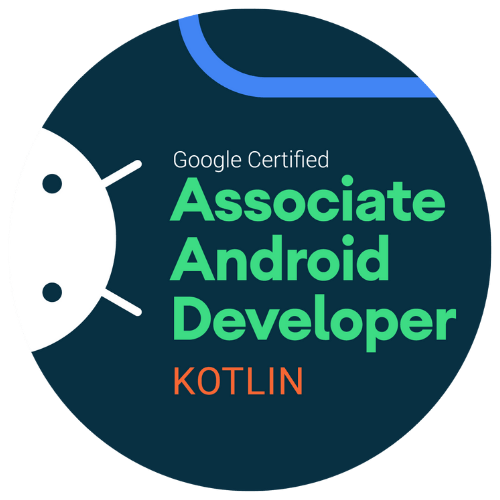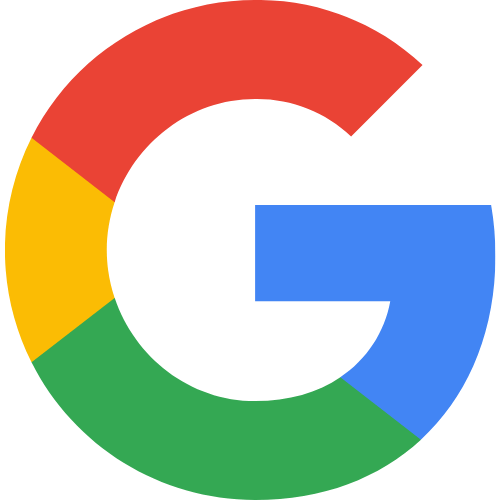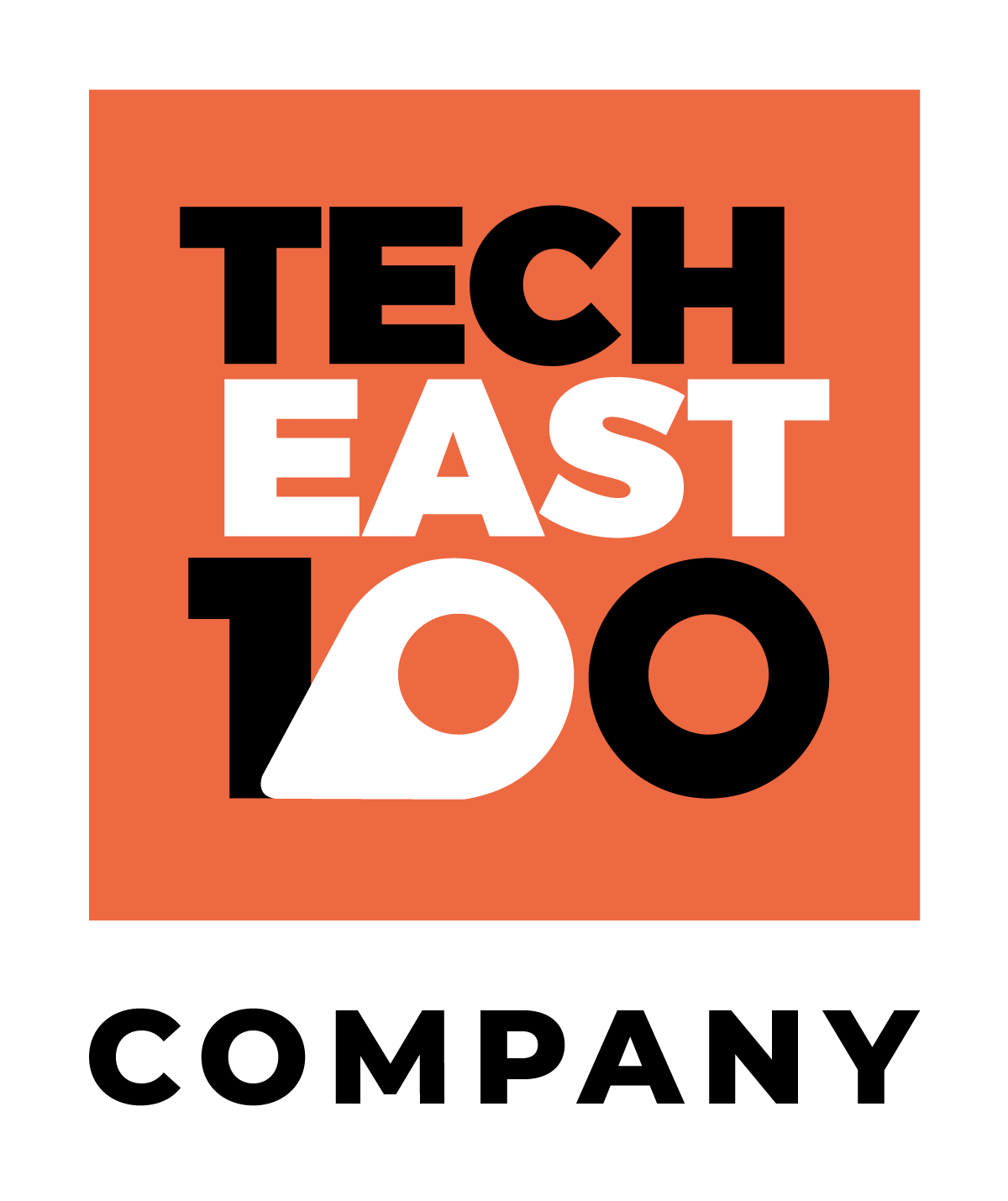OpenAI’s new AI tool, GPT-3 may be more talented than you. It can write poetry and creative fiction, as well as compose music or any other task with virtually any English language.
GPT-3 can also pitch business ideas, write code and simulate different human moods.
While it may not have a brain, it can do just about anything.
So, what is this AI tool that the New York Times describes as “by far the most powerful language mode ever created”? What is GPT-3 and how will this technology change our lives?
Keep reading to learn more about GPT-3 and how OpenAI is changing the future of how developers use AI technology.
What is GPT-3?
GPT-3 stands for generative pre-training and it’s a language-generation tool that can produce human-like text on command.
The AI learned how to produce text on demand by analysing vast quantities of text on the Internet and observing which words and letters tend to follow one another.
As a context-based generative artificial intelligence system, GPT-3 can produce text when given a prompt or context. For example, if you start a blog, it will finish it.
You’re likely with autocomplete suggestions that appear when you’re writing a text or email. GPT-3 is a wildly more advanced version of this—you can consider it as a giant auto-complete software – an autocomplete for human thought.
With access to massive amounts of data and computing power, GPT-3 can produce human-like text. Its algorithm operates on the bases of 175 billion parameters, with each parameter being an equation that helps the AI algorithm make accurate predictions.
GPT-3 has learned and picked up its knowledge by itself—as an unsupervised learner. Using cloud computing, it analysed 45 TB of data.
The complete English Wikipedia makes up a mere 0.6% of GPT-3’s data.
This means the technology has accessed much of the news, stories, Internet, forum posts, works of fiction, blogs, social media, manuals, human literature and codes up until today.
With this data, GPT-3 can create original prose, poetry, articles, dialogue, computer codes, memes and so much more. This is not your grandmother’s artificial intelligence tool.
It is also a perfect Turing Test experiment.
Who is OpenAI?
OpenAI is a research foundation and lab started by Sam Altman, Greg Brockman and other AI and machine learning thought leaders. It’s a nonprofit co-founded by Elon Musk, originally backed with a £0.8bn endowment in 2015.
The organisation’s mission is to ensure that artificial general intelligence (AGI) benefits all of humanity. What they mean by AGI is highly autonomous systems that exceed human performance at most economically valuable work.
OpenAI seeks to build beneficial and safe AGI, but also supports others using their work to achieve similar outcomes.
What can GPT-3 do?
GPT-3 is capable of creating anything with language structure. This means it can answer questions, summarise long texts or movies, write essays, take memos, translate languages and create computer code.
The original and coherent work it produces is virtually indistinguishable from human-produced work.
Researchers and startups who had used GPT-2 for ambitious projects have since switched to GPT-3 and have made massive upgrades.
Currently, access to GPT-3’s code is only available to selected developers.
GPT-3 Examples: GPT-3 in Action
Over the last several weeks, OpenAI has encouraged members of the AI community to experiment with GPT-3 by providing access to its commercial API.
Now, there are several use cases to show the range of uses for the new technology. Let’s take a look at a small sample of things created with GPT-3.
Ask and Receive Answers via Question-Based Search Engine
Imagine a search engine like Google, but for questions and answers. Type a question in the search bar and GPT-3 quickly directs you to the relevant Wikipedia URL that will provide your answer.
Chat with A Historical Figure via Chatbot
GPT-3 has absorbed a fair amount of knowledge relevant to specific historic thought leaders. One developer created a chatbot that lets users pick a leading thinker and provide a topic.
It can act as Shakespeare, teaching you how to write better. Or maybe you’d rather learn philosophy from Aristotle?
Generate Code from Text Descriptions
Another use case allows you to use GPT-3 to describe a page layout or design element of your choice in simple terms and the AI will churn out the corresponding code. AI tinkerers have created demos for multiple different programming languages.
Write Creative Fiction
GPT-3 runs wildly with this skillset, but it’s incredibly impressive. Writer Gwen Branwen has collected a trove of GPT-3’s writing. The writing ranges from poetry in the style of Emily Dickinson and T.S. Eliot to one-sentence puns akin to Tom Swifty.
Answer Medical Queries
A UK medical student used GPT-3 to answer health-related questions. GPT-3 not only answered the questions correctly but explained the underlying physiological mechanism as well.
Pitch Business Ideas
Twitter user @joshu used @djbasin’s business list to ask GPT-3 to present new project ideas. Some of the projects it came up with included:
- Trees as People: Street trees made out of people
- Spatula Wear: Spatulas printed with our logo; high-tech gadgets can’t find a spatula, but we can
- Say Yes to Nesting: A bird-nesting box with a message printed on the outside
- Logo Shark: Wallpaper for your office; A shark that knows everything about your company
Solve Language and Syntax Puzzles
You can present specific linguistic patterns to GPT-3, such as “food producer becomes a producer of food” and “sunflower oil becomes oil made of sunflowers,” and it will complete any new prompts.
This finding suggests that GPT-3 can absorb certain language rules without training.
Generate Functional Prototypes
In a tweet by Jordan Singer, he shook the design community. With the capabilities of GPT-3 (from OpenAI), he shared a sample of what he was able to create: a Figma plugin (called ‘Designer’) that has the ability to generate a functional prototype from raw text.
Build Websites
A developer named Sharif Shameem used a GPT-3 to create an app that lets you build websites simply by describing how they work and their design.
Limitations of GPT-3
While the examples above are wildly impressive, GPT-3 doesn’t come close to achieving human capabilities and intelligence. There are still many limitations to the new AI technology.
Despite the aforementioned 175 billion parameters, GPT-3 can’t hold a long-term destination in mind, meaning it can’t hold consistent and logical context over several paragraphs. It doesn’t have a mind of its own, so it doesn’t understand what the inputs and outputs truly mean.
GPT-3 doesn’t have a memory, a mental model, or a sense of meaning. Sure, it calculates correlations, but it isn’t able to reason.
While it’s creating all of these impressive use cases, it is frequently producing incorrect output. In a way, “GPT-3 performs like a clever student who hasn’t done their reading trying to [float] through an exam,” tweeted Julian Togelius, Associate Professor at NYU, “Some well-known facts, some half-truths and some straight lies, strung together in what first looks like a smooth narrative.”
If used for corruption, GPT-3 is capable of generating a plethora of plausible fake news stories or phishing scams. In some ways, GPT-3 has the potential to make our lives even more complicated.
While the new AIG technology is impressive, it has severe weaknesses and sometimes makes ridiculous mistakes. GPT-3 is a very early glimpse of the AI that will change the world.
Dangers of GPT-3
Silly mistakes are one thing, spewing racist and sexist language after inoffensive prompts, is another.
Developers have noted that GPT-3 will sometimes spit out complete nonsense that’s hard to imagine any individual saying. There are concerns that the technology may be abused in several ways. Examples of this abuse include phishing, generating misinformation and spam, violation of legal and governmental processes and even fake scholarly essays.
Some people are concerned that GPT-3 will replace certain human jobs. The ease at which the technology can write code is disconcerting for some.
There’s also the argument that GPT-3 threatens the integrity of human creativity and artistic standards. These are only a few of the dangers. Now that GPT-3 is available who knows what other unintended consequences may sprout up.
Microsoft Acquisition
On the 22nd of September, Microsoft announced that it would exclusively license GTP-3 and begin making use of the language model’s capabilities in its products and services, but left out specific details.
What does Microsoft mean by “exclusive?” Microsoft and OpenAI openly stated that OpenAI will continue to offer GTP-3’s public-facing API, which allows select users to send text to OpenAI’s models and receive output.
Over the last couple of years, concerns have been growing around the way AI concentrates power. The most advanced artificial intelligence technologies require an immense amount of computational resources—ones that only the most affluent companies can afford.
This gives technology giants influence not only in shaping the field of AI research but also in creating and controlling the algorithms that define our lives.
What is in store for GPT-3?
There’s so much uncertainty surrounding this new mind-blowing natural language model. However, we’re confident that GPT-3 has begun a new chapter in machine learning and will continue to receive fine-tuning as it progresses.
As little as a few years ago, neural networks had functions tuned to specific tasks and datasets were created to reflect these tasks. GPT-3, however, needs no special dataset and has no task-specific functions. It simply takes in as much text as possible from anywhere and everywhere and mirrors it in its output.
With this new tool at their disposal, what will the world’s great tinkerers and developers come up with next?
If you’re working on a new development project, Coderus’ software consultants can guide you through a discovery process to examine your business, systems and operations and help you maximise the potential of your new mobile app or software. We’d love to hear about your new project, so get in touch with us today.























